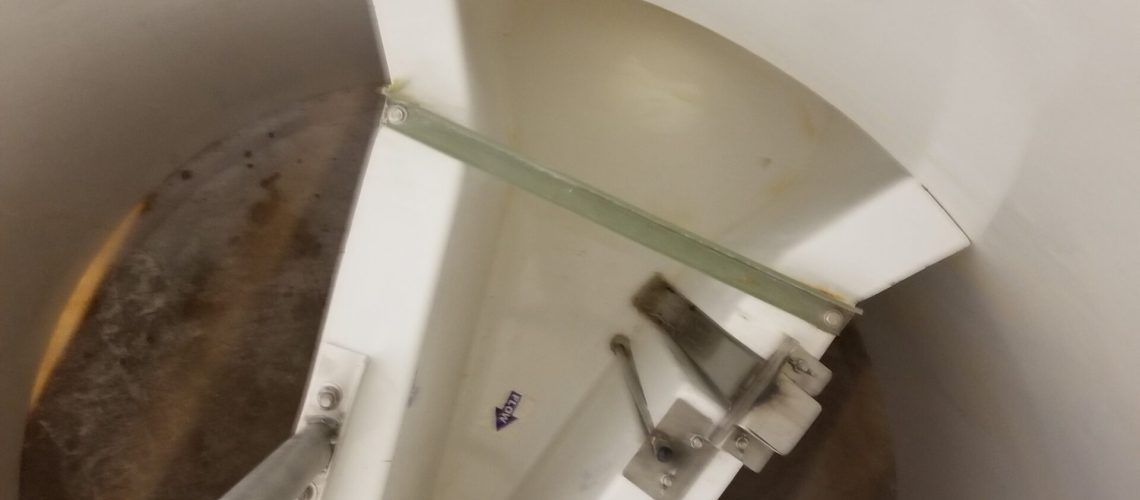Flumes and weirs are excellent in offering opportunities for flow rate measurement, but you’ll need special tools to actually take the measurements, even when everything with the flume or weir itself is going right. The two primary options for this are bubblers and ultrasonic flow meters. They both have their advantages and disadvantages, so you’ll need to consider which one would work best for your needs. Take a look at the offerings of bubblers vs ultrasonic flow meters, and discover which is right for you.
Advantages of Bubblers
If you’re looking for pinpoint accuracy in your measurements, there’s nothing quite like a bubbler. These devices offer exceptional accuracy that’s typically four times finer than the resolution ultrasonic flow meters can manage. If you’re dealing with a low flow, that difference can mean everything. Additionally, bubblers aren’t all that affected by problems your flow’s surface may come across, like foam, wind, turbulence, floating debris, and even temperature fluctuations. Bubblers are also largely self-calibrating, so maintenance needs are quite relaxed.
Disadvantages of Bubblers
While the bubbler offers accurate information, there is a potential flaw in the design that could cause some problems. That flaw is the air compressor. The air compressor is a small part of the bubbler that has to move freely, yet it’s notably weak. No matter what you do, you will eventually have to get maintenance on the air compressor, which can be costly and difficult. Additionally, it utilizes quite a bit of energy to function. There are no industry statistics about the actual failure rates of bubblers, but observations have been made of people with bubblers needing maintenance sooner than people with ultrasonic flow meters.
Advantages of Ultrasonic Flow Meters
The most obvious advantage of an ultrasonic flow meter is that it’s generally more affordable than a bubbler. If the accuracy it offers is good enough, there’s really no reason to get a bubbler instead. Additionally, the power source for these meters can be quite varied. You can have it line-powered or battery-powered, but that’s just the beginning. These meters can also be solar-powered, which is particularly useful for outdoor applications away from most power lines. Plus, these meters don’t have any moving parts to worry about.
Disadvantages of Ultrasonic Flow Meters
The primary drawback of ultrasonic flow meters is that they can’t really function at all if there are surface problems within your flow. Whether foam is changing the surface level picked up by the meter or turbulence is causing inconsistent readings, several problems can essentially render the meter useless. Another major problem is poor installation. Unless the meter is mounted properly with the correct beam angle in place, you may get unreliable readings. After all, you won’t want your meter to pick up the wall of the flume before it actually picks up the surface of the flow.
Accessories from Tracom
Now that you know which works best for you between bubblers vs ultrasonic flow meters, it’s time to make sure your flume can handle them. At Tracom, we offer both tubes and ultrasonic brackets that can keep your measuring devices in place and working properly. Contact us to learn more about all the wastewater flume accessories we can offer.



